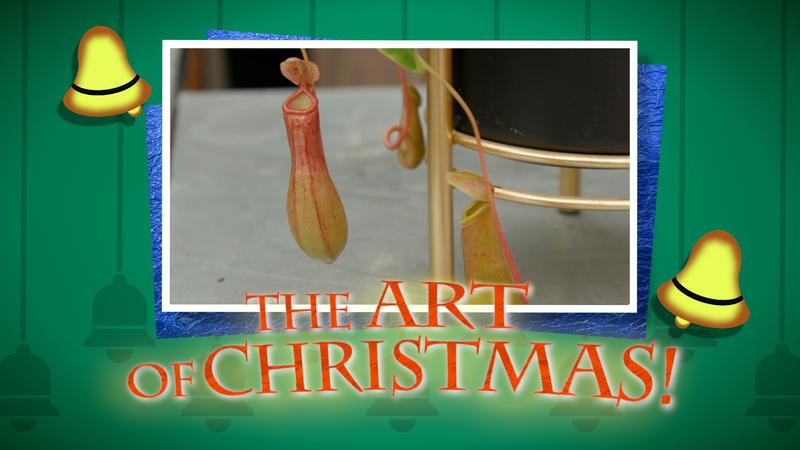
‘We always knew that this was happening’: Kamloops residential school survivor
UPPER NICOLA, B.C. — “I didn’t realize how strong I was. I was strong because I came home. I didn’t know that till this afternoon,” said Chief Harvey McLeod.
The Chief of the Upper Nicola Band attended the Kamloops residential school for two years, 1966-68, as did both his parents, and his eight siblings. On Thursday (May 27), a heart-wrenching discovery was made on the grounds of that very school as the remains of 215 children were found buried on the site, some potentially as young as three.
The Tk’emlúps te Secwépemc confirmed Thursday (May 27) it has found the remains of 215 children buried on the site of the former Kamloops Indian Residential School.


